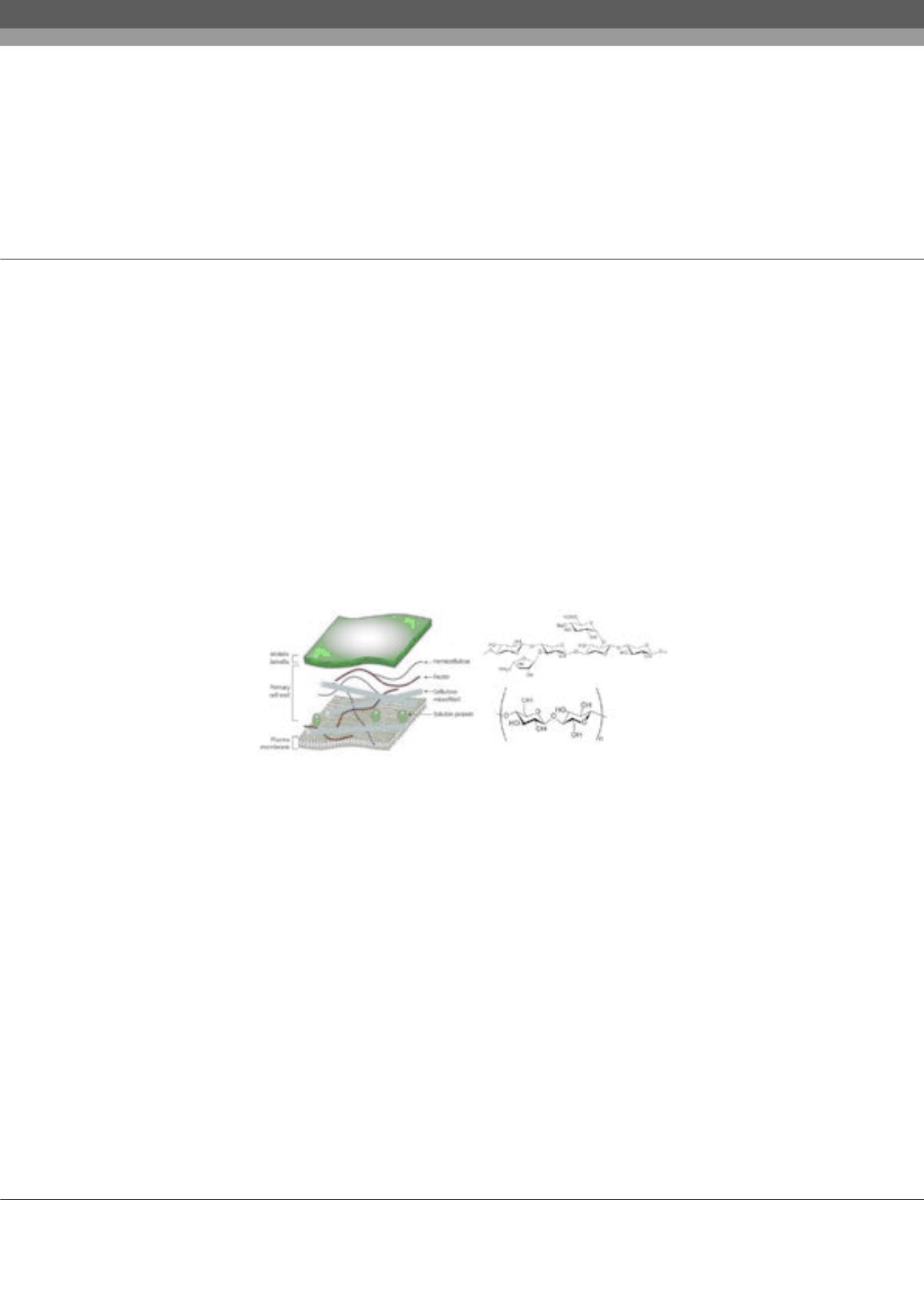

Notes:
Volume 3, Issue 2 (Suppl)
Trends in Green chem
ISSN: 2471-9889
Environmental & Green Chemistry 2017
July 24-26, 2017
Page 79
5
th
International Conference on
6
th
International Conference on
July 24-26, 2017 Rome, Italy
Environmental Chemistry and Engineering
Green Chemistry and Technology
&
Valorization of lignocellulosic biomass and production of biofuel precursors under microwave radiation
Almudena Lorente
*
, Covadonga Lucas-Torres, Maria Prado Sanchez-Verdu
and
Andres Moreno
University of Castilla La Mancha (UCLM), Spain
F
ossil fuel reserves are nowadays decreasing and their use cause high CO
2
emissions. For these reasons lignocellulosic biomass is
becoming increasingly recognised as a good feedstock and carbon source with different components and applications. Microwave
radiation is a green energy technique for the hydrolysis and dehydration of biomass into monosaccharides due to the reduction of
reaction times and the elimination of reaction by-products. Plant cell wall is mainly composed by cellulose, hemicellulose and lignin.
Cellulose is the predominant component which can be hydrolyzed into glucose and then dehydrated under microwave radiation
in acidic medium and at high temperature to obtain 5-hydroxymethylfurfural (HMF) and levulinic acid (LA), both of them well-
known biofuel precursors. Hence, the aim of this work is the study of the hydrolysis and dehydration of microcrystalline cellulose
by microwave radiation using homogeneous and heterogeneous catalysts and different reaction systems. The optimal conditions
obtained have been applied for the obtaining of HMF and LA from some waste such as beer bagasse and melon rind. For conclusion,
this work has been able to obtain biofuel precursors from waste using a green and environmentally friendly energy such as microwave
radiation, also we have developed different methods to obtain one precursor or another using different pretreatment and changing
experimental conditions.
Biography
Almudena Lorente Diezma was born on February 1991 in Toledo (Spain). She obtained her degree in Chemistry in June 2014 at the University of Castilla La
Mancha. Her first contact with Organic Chemistry and Microwave assisted was in her fifth year of degree in the group ´Organic Green Chemistry. Food and
agroindustrial waste Chemistry`. Then on November 2014 she started her PhD in the same group with the Thesis title ´Obtención de nuevos biocombustibles de 2ª
generación y sus implicaciones atmosféricas`. During these years she has continued her training in the field of waste and Bioeconomy. She obtained her certificate
about Bioeconomy studies in September 2016.
Almudena.lorente@uclm.esAlmudena Lorente et al., Trends in Green chem, 3:2
DOI: 10.21767/2471-9889-C1-002
















